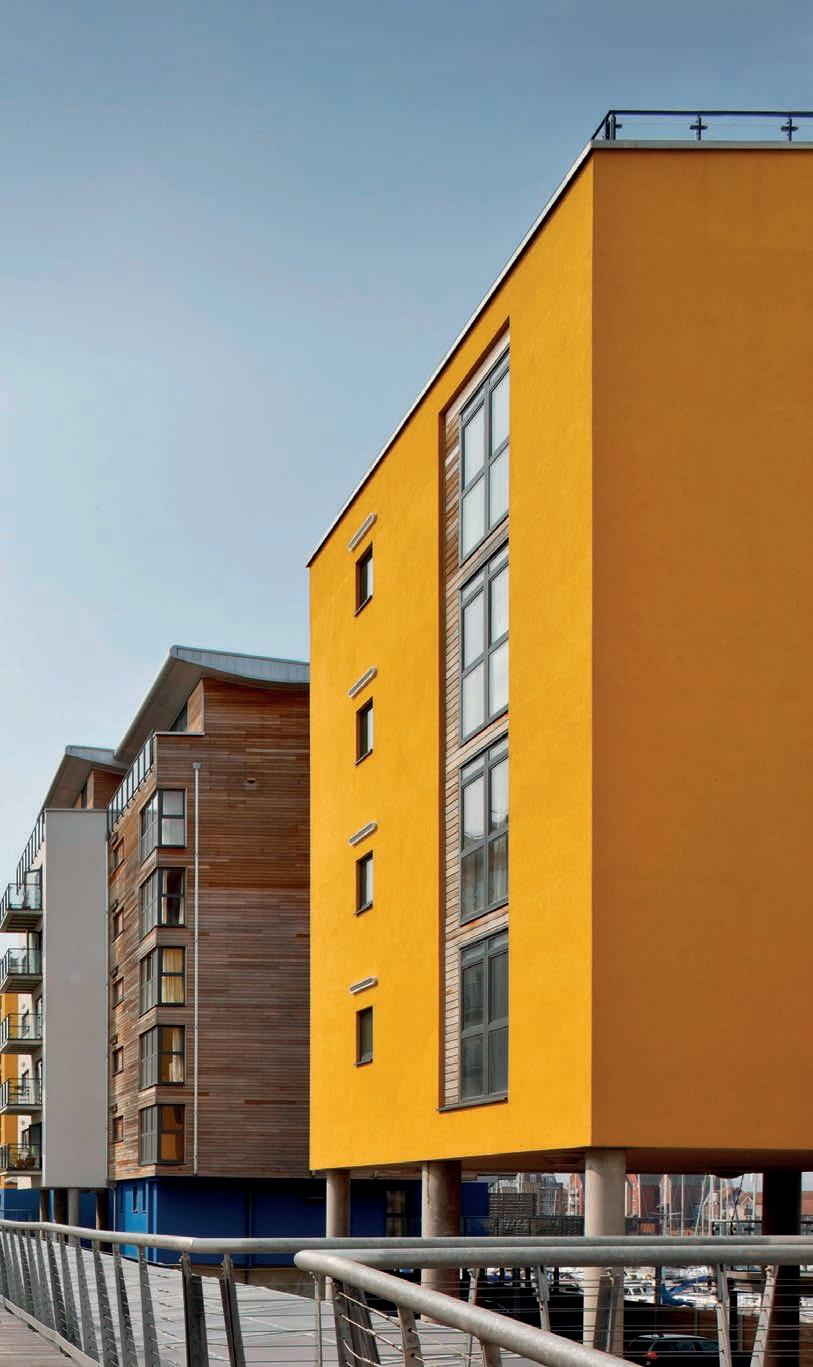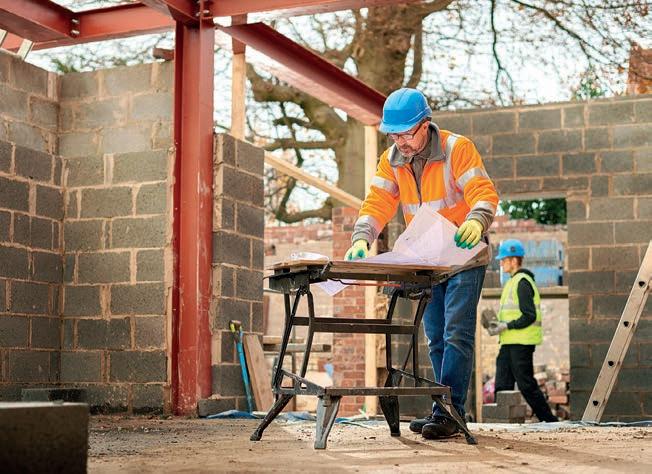
5 minute read
Sound advice

The importance of a product’s acoustic performance cannot be understated and is one of the keys to the success of any workplace design. All too oft en products are tested in diff erent ways, and diffi culties in comparing evidence leaves room for performance to be exaggerated. This can lead to poor acoustics, impacting employees’ wellbeing and their ability to concentrate, work collaboratively and productively, and even lead to vital information leaking. How then can specifi ers compare products like for like and ensure they are creating an environment that manages noise?
To eliminate confusion and concerns, the Finishes & Interiors Sector (FIS) has created the Acoustic Verifi cation Scheme to standardise performance data for partitions and operable walls. For specifi ers, creating the ideal acoustic environment can be challenging, which is why it’s important to consider the acoustic needs of the interior offi ce space early in the design process. Sound can be controlled either through absorption, which deals with reverberation within the space and makes it a bett er place to work in, and through insulation, which deals with the control of sound from one space to another.
Hard refl ective surfaces in offi ce buildings, such as glass, concrete and plaster, will require specifi ers to counter that with sound-absorbing products, such as ceilings, raft s and wall panels, to reduce reverberation and dampen unpleasant noises in the environment. The sound absorption properties of these materials depend on the way in which they are installed. For example, if products are tested with a void behind them, but installed directly against the slab or a wall, this will have a detrimental impact on the absorption performance on-site.
A common source of noise disturbance is the transmission of sound through walls or fl oors. Poor sound insulation (also referred to as att enuation) between adjacent rooms will result in disturbance and a loss of privacy. Partitions and cavity barriers are generally used for sound insulation and provide privacy or a division from a noisy and potentially disturbing activity. The only way a specifi er can evaluate and compare the performance of two products is by looking at the data provided to them. They need to be able to understand the acoustic claims, what conditions the products should be installed and ensure that the results aren’t misleading.

Acoustic Verifi cation Scheme
For FIS, the journey to the acoustic verifi cation process began with operable walls and instances where these walls were not performing in the way that was expected, leading to disputes. Investigations revealed that this was partly due to the installation process and the fact that these partitions are oft en dismantled and re-erected by non-trained staff . If the acoustic seals are not exactly right, acoustical integrity can be compromised by leakage and fl anking sound coming through. FIS also found evidence of falsifi cation. In some cases, interrogation of test reports revealed that manufacturers were testing an operable wall like a normal fi xed partition and physically sealing every



Joe Cilia, Technical Director at the Finishes & Interiors Sector (FIS), considers how designers and specifi ers can use the Acoustic Verifi cation Scheme to specify products with confi dence
joint during the test process. For realistic results a product should be operated fi ve times before the test commences to demonstrate it is completely operable.
The Acoustic Verifi cation Scheme provided a method by which independent acoustic consultant Cundall verifi ed acoustic test data. FIS was then able to provide assurances that the test evidence being presented was accurate. For contractors such as Wilmott Dixon, the verifi cation scheme meant they could specify manufacturers in confi dence that it was a level playing fi eld; products had been tested in the same way and had comparable fi gures. As a result, the contractor is only using operable walls that have met the requirements of the scheme.
Kevin Dundas at Wilmott Dixon noted: “There is a growing understanding of the intrinsic link between good acoustic management and wellbeing for

IMAGE: GETTY IMAGES




occupants, and this scheme helps to deliver what our customers expect from us and our industry.”
Driven by FIS members keen to develop a level playing fi eld across the sector, the scheme quickly evolved to cover glazed partitions. In this instance the concerns were not about operation, but the size and confi guration of systems tested. In a similar way FIS agreed a set of parameters that would constitute a



test that could be used for comparison reasons. This would then provide specifi ers and architects with the assurance that if they choose a product from this list all products will have been tested in the same way and all data has been verifi ed.
The scheme is key to raising standards and quality in the supply chain. The Acoustic Verifi cation Scheme has been created to ensure that those seeking to exemplify best practice are recognised and rewarded for this and prevent inaccurate or misleading information from undermining the market and responsible manufacturers. The verifi cation framework provides consistency and enables the comparison of products and systems on a like-for-like basis.










